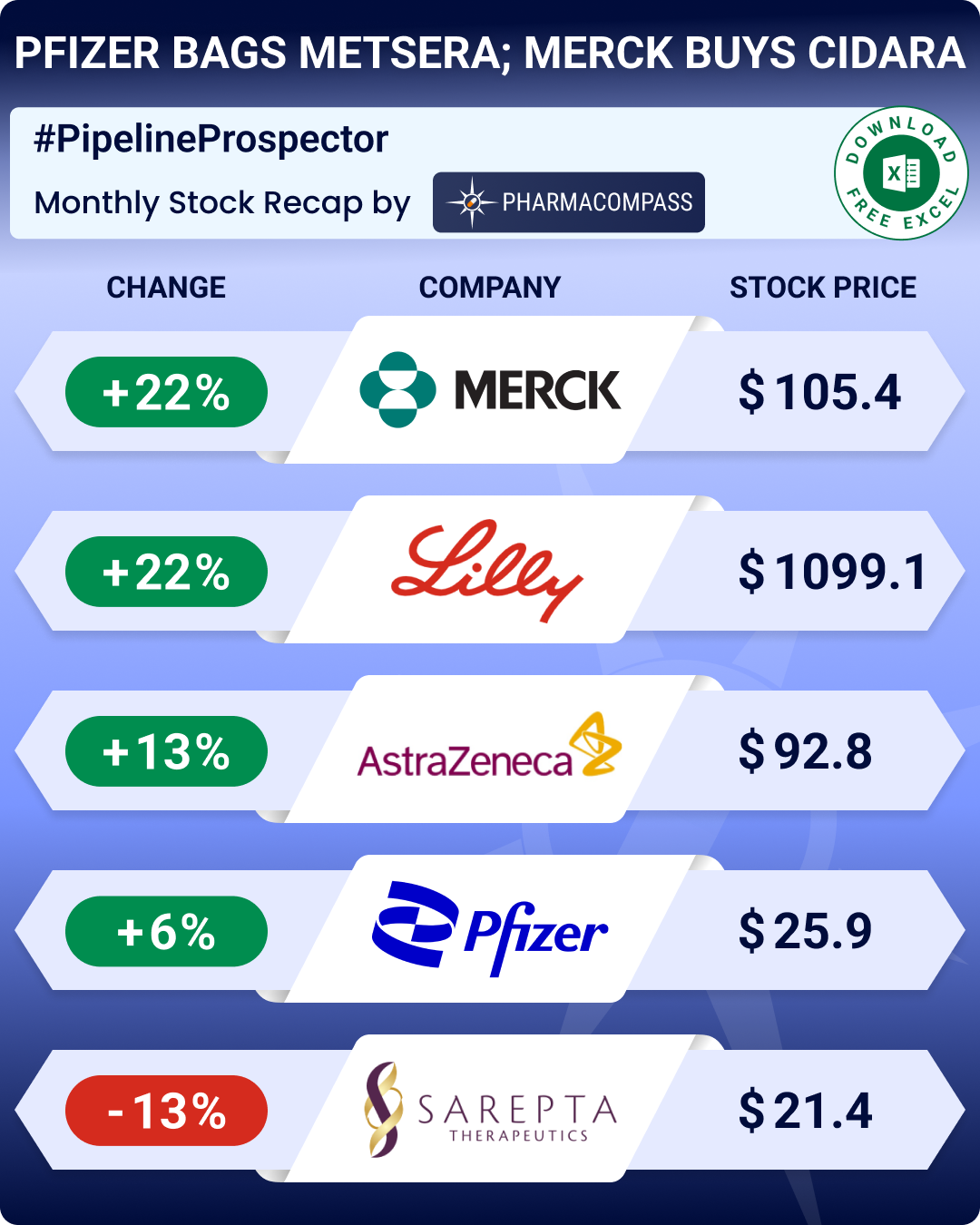
The importance of taking the right decision in product selection, by the senior management at pharmaceutical companies, can never be emphasized enough. A correct call can lead to windfall gains and if companies are fortunate enough, a monopolistic market position.
This week, to assist the senior executives, we compiled a list of products that have existed for decades without any competition.
A billion dollar opportunity
Canadian company, Concordia’s acquisition of Covis Pharmaceuticals, for US $ 1.2 billion in March this year, was yet another affirmation of the opportunity that lies in 18 high-margin, branded generic pharmaceutical products.
Covis Pharma’s 2014 revenues were around US $ 140-US $ 145 million. However, their gross margin was a whopping 90 percent! Wouldn’t it be wonderful if there were more such opportunities?
This week we used the PharmaCompass database to generate a list of products (email us for your copy) which were approved in the United States before 1982 and are currently enjoying monopolistic positions and don’t have any patent protection.
Our focus (for this list) is on approved, prescription drugs. We removed biologics, over-the-counter medicines, devices and unapproved drugs from the list.
For generic firms ‘old is gold’
While old products stop serving the strategic growth objectives of larger pharmaceutical companies, smaller generic companies with ambitious growth plans frequently buy these branded products.
Sales of ‘pharmaceutical assets’ is quite common and boutique financial advisory companies, like Torreya Partners, have developed a special focus on providing these services. Since 2010, Torreya has been “involved in the acquisition or sale of 23 separate pharmaceutical products”.
For both large pharmaceutical companies and generic firms, old products can generate substantial cash. The deal between GlaxoSmithKline (GSK) and Aspen Pharmacare Holdings is a case in point.
Six years ago, GSK off-loaded a portfolio of products to South African, Aspen Pharmacare in exchange for a 16 percent shareholding in Aspen. The strategic agreement also combined commercial activities in Sub-Saharan Africa of the two organizations. In May 2015, GSK sold half its stake in Aspen for US $841 million as the share prices of Aspen had surged eight folds since the original agreement was struck.
On the one hand, the old products generate cash for the large pharmaceutical firms and generics players, on the other hand their niche market positions sometimes let them earn exemptions in the event of US Food and Drug administration (USFDA) regulatory action.
Take the case of India’s Emcure Pharmaceuticals, which purchased the rights of BiCNU (Carmustine for injection) from Bristol-Myers Squibb in 2012. Last month, when Emcure was banned from exporting products to the United States, due to compliance problems found in their manufacturing operations, BiCNU was exempted since there was no other alternative in the market.
The price hike potential
The drugs that make our list have not been subject to competition for years because usually their sales are relatively small, in comparison to the blockbuster drugs. Moreover, these drugs serve niche market segments. Since they don’t qualify as ‘budget-breakers’, companies can take risks by increasing prices without fearing a drop in sales volumes. This invariably results in outrageous profits, leading to a raging debate across the US and Europe.
Earlier this year, Valeant Pharmaceuticals purchased the rights to Isuprel (isoproterenol hydrochloride), another drug on our list. The very day they acquired the rights from Hospira, Valeant raised the price of Isuprel by more than six-fold.
The curious case of Premarin
Another old product which has a unique story is Premarin. It was introduced in the United States in the 1940s. However, when Premarin’s patents expired in 1971, the sales had declined to a point where generic companies were not motivated enough to develop an equivalent drug.
But things changed dramatically when new data appeared in 1986 demonstrating its efficacy in minimizing bone loss associated with osteoporosis. The sales of Premarin sky-rocketed and now the drug generates over US $ 1 billion annually for Pfizer.
The drug’s protection from generics has been an outcome of the fact that Premarin is isolated from pregnant mares’ urine. The complex mixture, now known to contain more than 50 estrogens, has made it difficult for a generic to replicate the composition and Premarin’s slow release bio-availability mechanism.
Generics which were in the market in the late 1980s were removed in 1991. “We had certified that the generics were interchangeable with Premarin, but when we looked at it from the point of view of the science, that was not the case,” said Janet Woodcock, director of the FDA’s Center for Drug Evaluation and Research (CDER).
Our view
Product selection continues to be one of the most challenging decisions taken by the senior management at pharmaceutical companies. In our previous reviews, we have seen many companies targeting the same business opportunity, which in turn leads to unprofitable operations due to poor development decisions.
Could our list of these golden old drug monopolies provide ideas to companies on their strategy going forward? Watch this space for more.
The PharmaCompass Newsletter – Sign Up, Stay Ahead
Feedback, help us to improve. Click here
Image Credit : Money by thethreesisters is licensed under CC BY 2.0
“ The article is based on the information available in public and which the author believes to be true. The author is not disseminating any information, which the author believes or knows, is confidential or in conflict with the privacy of any person. The views expressed or information supplied through this article is mere opinion and observation of the author. The author does not intend to defame, insult or, cause loss or damage to anyone, in any manner, through this article.”






